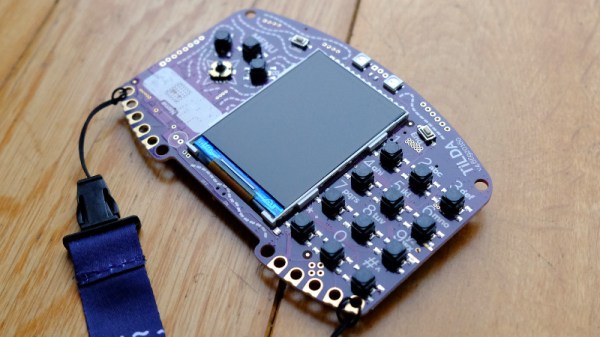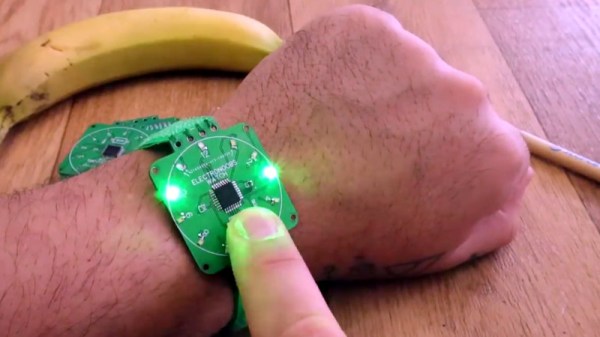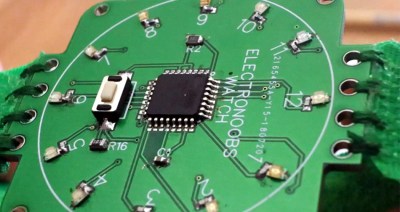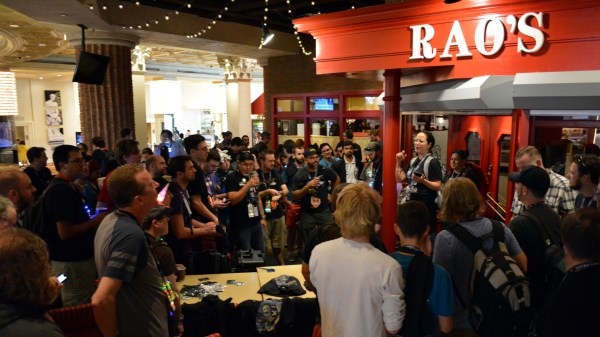Every year we host Breakfast at DEF CON on the Sunday morning of the largest hacker conference in the United States. I think it’s a brilliant time to have a meetup — almost nobody is out partying on Sunday morning, and coffee and donuts is a perfect way to get your system running again after too much excess from Saturday evening.
This year marks our fourth Breakfast and we thought this time it would be completely legit. Before we’ve just picked a random coffee shop and showed up unannounced. But this year we synced up with some of our friends running the Hardware Hacking Village and they were cool with us using the space. Where we ran afoul was trying to wheel in coffee and pastries for 100+ people. The casino was having none it.

Great food went fast. This was an hour in and after another hour it was all gone.

We don’t mind mixing googly-eyes with flatware

Mmmmm… Coffee.
But to their credit, we were forbidden from bringing the food into the conference center, not into the greater casino. We ended up squatting in a restaurant seating area that wasn’t open until 5pm. The awesome Hackaday Community rolled with the venue change, and a fantastic time was had by all! For what it’s worth, this ended up being the best space for a Breakfast yet! There was plenty of room with many tables, and we had no problem filling all of the space.

“Most dropped parts” trophy for SMD soldering challenge

SMD soldering challenge under way
Tindie and Hackaday were sponsors of the SMD Challenge this year (a timed soldering challenge going all the way down to 0201 packages that was also judged for quality). Jasmine announced the winner live at the meetup, that’s the image at the top of this article. I thought the award the Solder Skills Village made for the Most Dropped Parts was pretty epic. It’s a round pendant with a piece of carpet and a bunch of components that was on display during the meetup.

Badges of DEF CON past
The number one piece of hardware people brought with them was badges. Since we’re doing in-depth badge coverage I won’t go into that here. But I’d like to mention that for the second year in a row, Brian McEvoy brought some epic hardware. Last year it was an OpenSCAD controller demo, this year it’s a custom mechanical keyboard design system.
Taking wide shots of crowds is frowned upon at DEF CON so what follows are posed shots. I made sure to ask all involved before snapping the image. DC27 is a long way away, I’m hoping to see many of these awesome folks much sooner than that when Supercon gets going this November.

Jasmine Brackett, Mike Szczys, Katie Huber, Erin Kosewic

Kerry Scharfglass, Mike Szczys, and Brian McEvoy




































